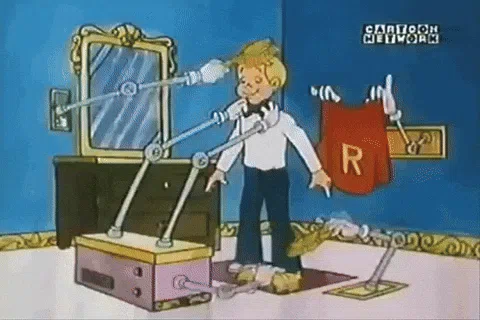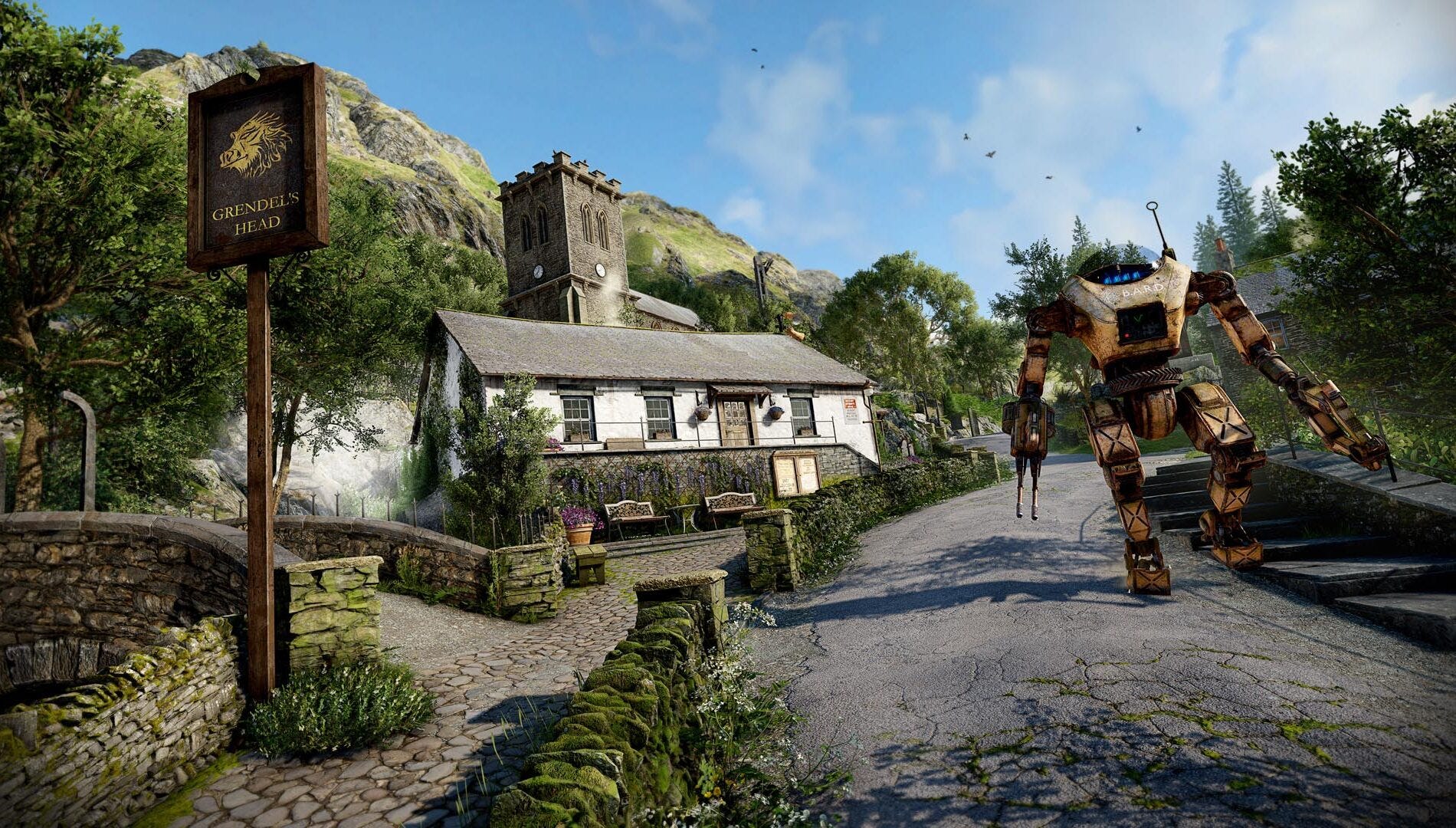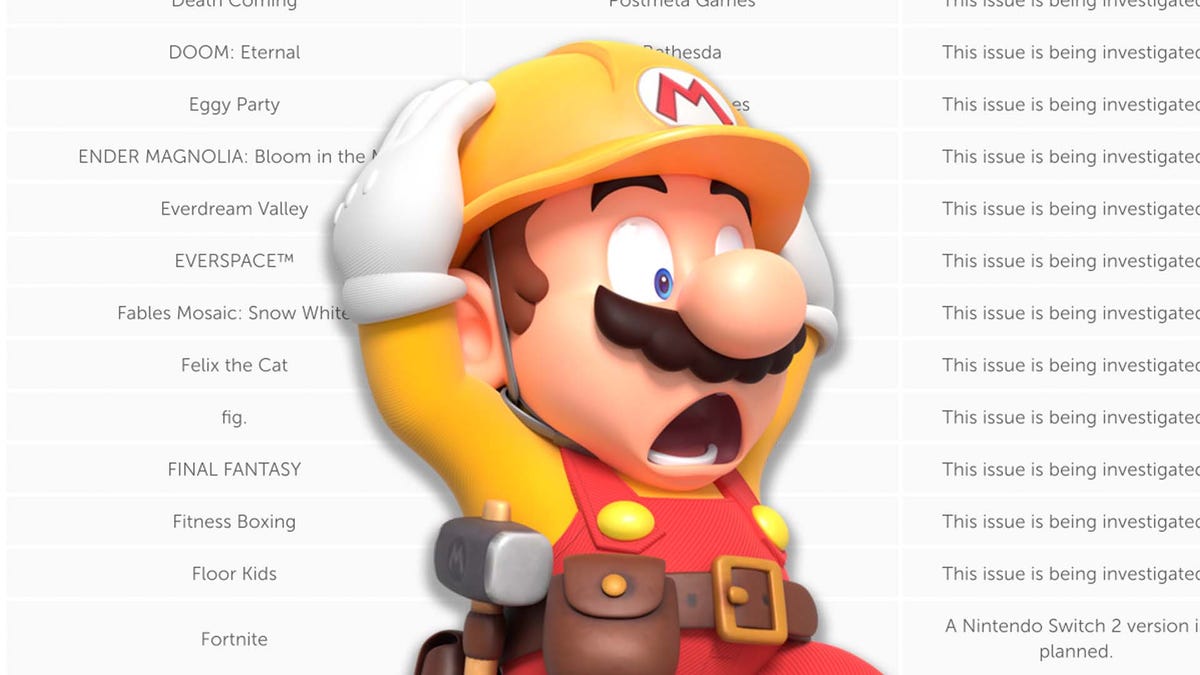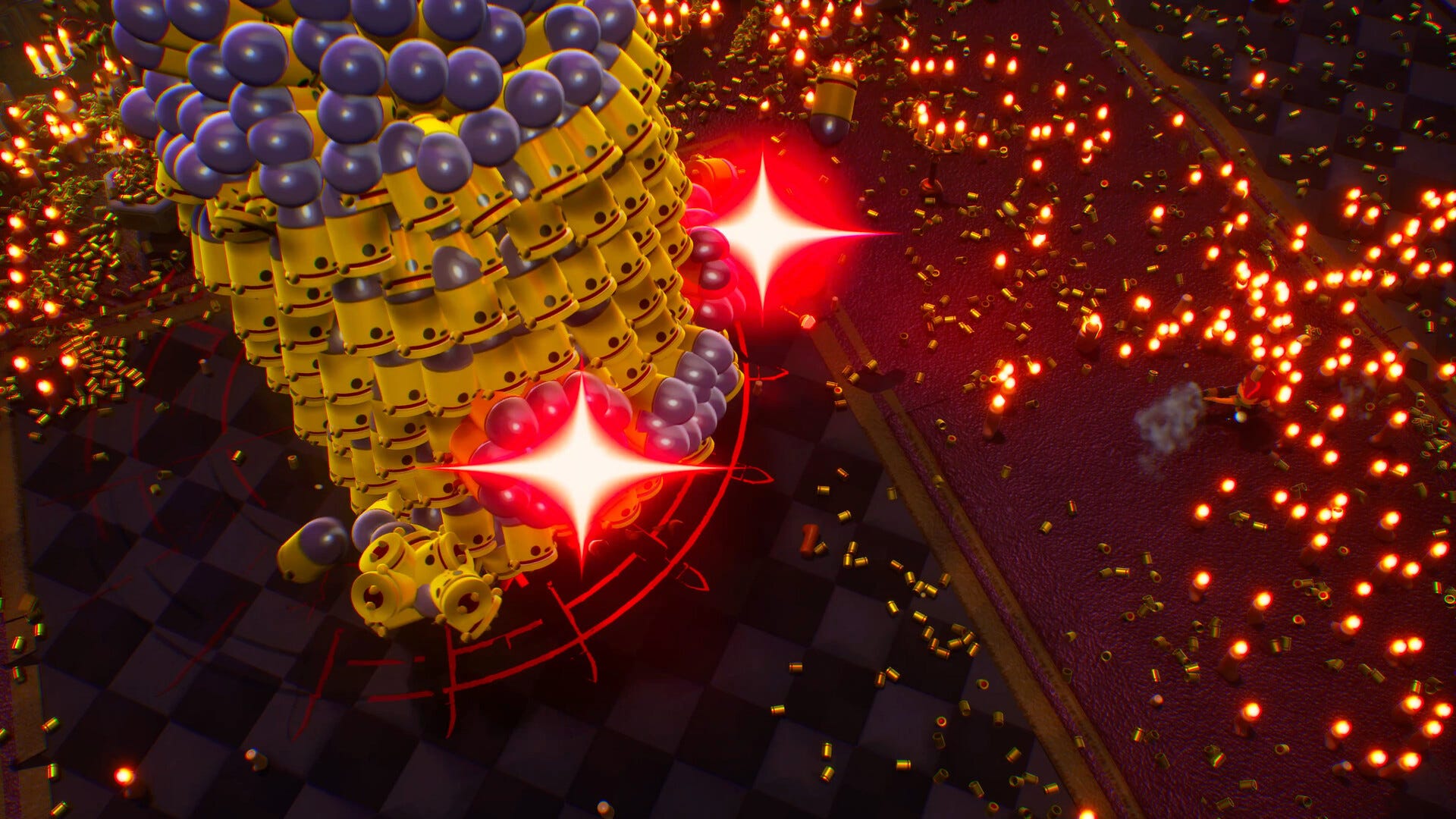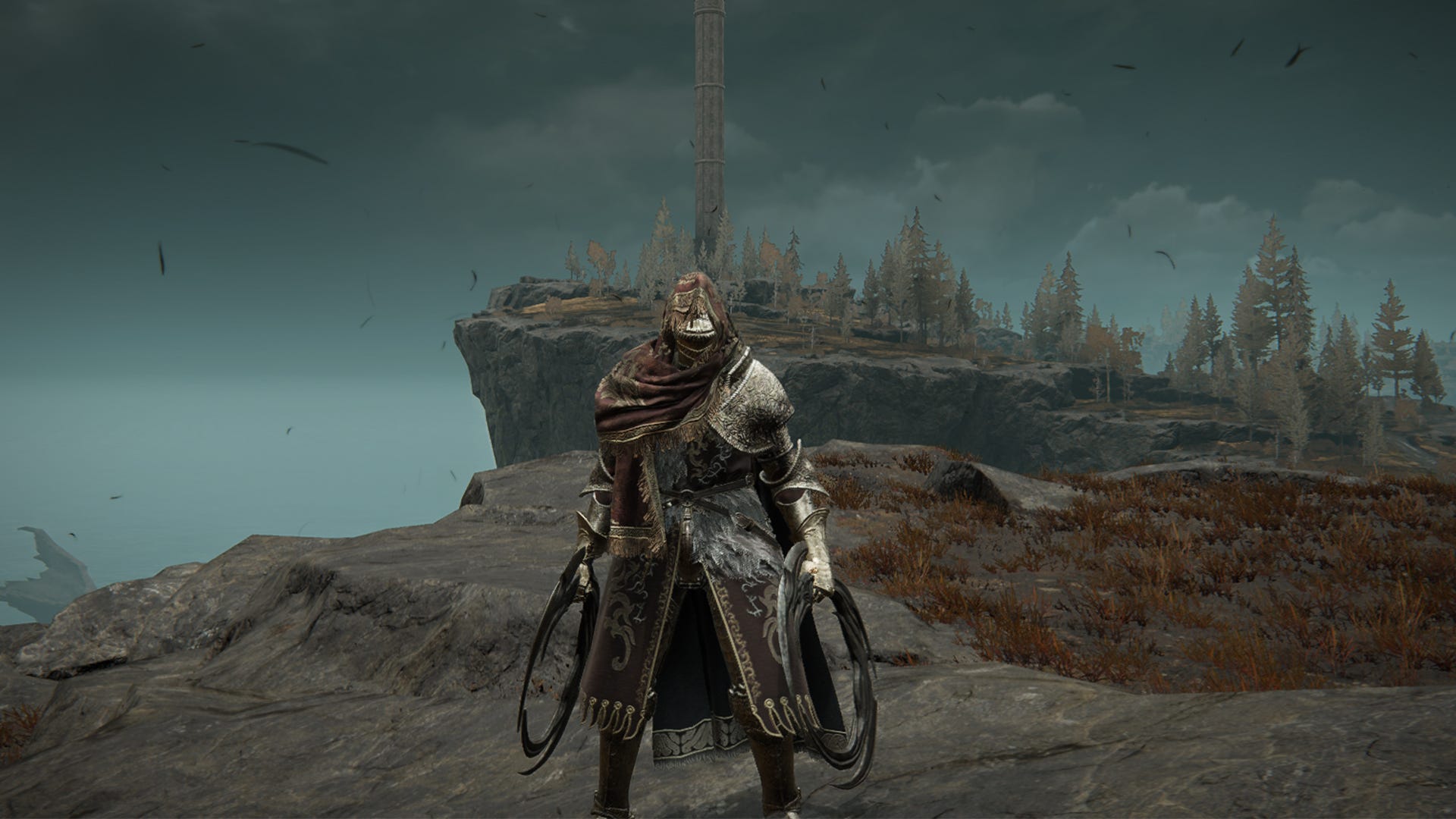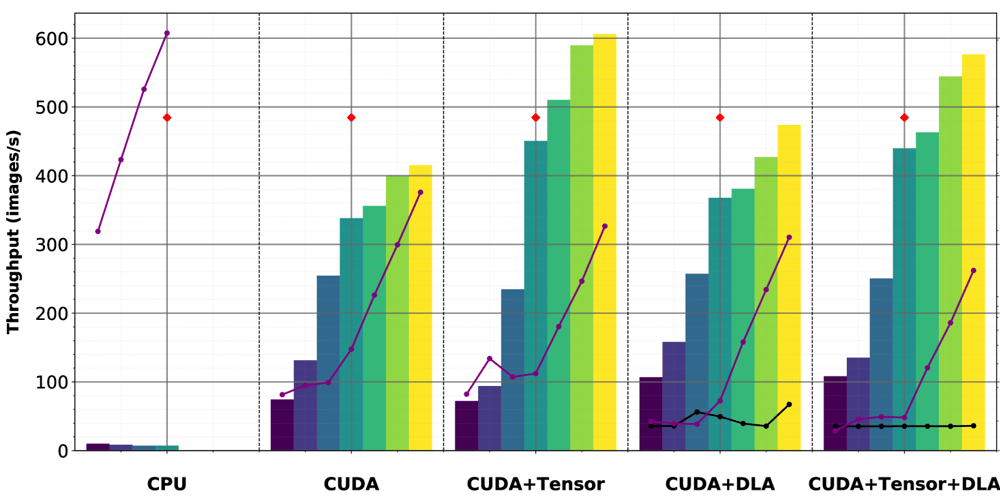"Revolutionizing 4D Modeling: Discover the Power of Uni4D Framework!"
In a world where the complexity of projects can often feel overwhelming, have you ever found yourself grappling with the limitations of traditional modeling techniques? Enter 4D modeling—a transformative approach that not only visualizes spatial dimensions but also incorporates time as a critical factor in project planning and execution. Yet, despite its potential, many professionals struggle to harness this innovative technology effectively. This is where the Uni4D Framework comes into play, revolutionizing how we engage with 4D modeling by offering an intuitive platform designed for both novices and seasoned experts alike. Imagine streamlining your workflow while enhancing collaboration across teams—what if you could visualize every phase of your project in real-time? In this blog post, we will delve deep into what makes Uni4D a game-changer in the realm of 4D modeling. From its key features to tangible benefits and real-world applications, you'll discover how embracing this framework can elevate your projects to unprecedented heights. Are you ready to unlock new possibilities and redefine success in your endeavors? Join us on this journey toward mastering the future of project visualization! What is 4D Modeling? 4D modeling refers to the representation of dynamic scenes in a three-dimensional space over time, integrating both spatial and temporal dimensions. This advanced technique allows for the visualization of changes within an environment, capturing motion and transformations that occur as events unfold. The Uni4D framework exemplifies this concept by employing pretrained visual foundation models to facilitate dynamic segmentation, dense pixel tracking, and monocular depth estimation from standard video inputs. By optimizing camera poses alongside static and dynamic geometries through a multi-stage approach, Uni4D achieves high-fidelity scene reconstructions without necessitating retraining or fine-tuning. Significance of Dynamic Segmentation Dynamic segmentation plays a crucial role in distinguishing moving objects from static backgrounds within videos. It enhances the accuracy of 4D models by ensuring that only relevant elements are tracked throughout various frames. Furthermore, dense motion tracking enables precise monitoring of object movements across time intervals while monocular depth estimation contributes vital information about distances between objects in a scene. Together, these components empower researchers and developers to create realistic simulations applicable across diverse fields such as robotics, computer vision applications, gaming design, and virtual reality experiences. In summary, 4D modeling encapsulates not just the physical attributes but also how they evolve over time—an essential aspect for modern computational tasks requiring comprehensive environmental understanding. Introduction to Uni4D Framework The Uni4D framework represents a significant advancement in dynamic 4D modeling, enabling the reconstruction of scenes from casual videos without extensive retraining. By leveraging pretrained visual foundation models, it effectively performs tasks such as dynamic segmentation, dense motion tracking, and monocular depth estimation. The multi-stage optimization process enhances camera pose accuracy while refining both static and dynamic geometries. Notably, Uni4D excels in joint reasoning and optimization challenges, delivering realistic scene reconstructions with minimal trajectory errors across diverse datasets like Sintel. Key Features of Uni4D Uni4D's strength lies in its ability to fuse various visual cues for comprehensive scene understanding. It employs smoothness regularization techniques that enhance segmentation quality and depth estimation precision. This framework is particularly adept at handling complex real-world scenarios where traditional methods may falter. Its generalizability allows for effective application across different environments without necessitating model fine-tuning or extensive data preparation—making it an invaluable tool for researchers and practitioners alike seeking robust solutions in computer vision applications. Key Features of Uni4D Uni4D stands out in the realm of dynamic 4D modeling by integrating pretrained visual foundation models, enabling it to perform complex tasks such as dynamic segmentation, dense motion tracking, and monocular depth estimation. One of its key features is a multi-stage optimization approach that refines camera poses and geometry without necessitating retraining or fine-tuning. This capability allows for seamless integration into existing workflows while ensuring high accuracy in scene reconstruction. Advanced Capabilities The framework excels at joint reasoning and optimization challenges, showcasing superior performance compared to baseline models in both camera pose estimation and geometric accuracy. By effectively fusing visual cues from videos, Uni4D enhances holistic scene understanding—

In a world where the complexity of projects can often feel overwhelming, have you ever found yourself grappling with the limitations of traditional modeling techniques? Enter 4D modeling—a transformative approach that not only visualizes spatial dimensions but also incorporates time as a critical factor in project planning and execution. Yet, despite its potential, many professionals struggle to harness this innovative technology effectively. This is where the Uni4D Framework comes into play, revolutionizing how we engage with 4D modeling by offering an intuitive platform designed for both novices and seasoned experts alike. Imagine streamlining your workflow while enhancing collaboration across teams—what if you could visualize every phase of your project in real-time? In this blog post, we will delve deep into what makes Uni4D a game-changer in the realm of 4D modeling. From its key features to tangible benefits and real-world applications, you'll discover how embracing this framework can elevate your projects to unprecedented heights. Are you ready to unlock new possibilities and redefine success in your endeavors? Join us on this journey toward mastering the future of project visualization!
What is 4D Modeling?
4D modeling refers to the representation of dynamic scenes in a three-dimensional space over time, integrating both spatial and temporal dimensions. This advanced technique allows for the visualization of changes within an environment, capturing motion and transformations that occur as events unfold. The Uni4D framework exemplifies this concept by employing pretrained visual foundation models to facilitate dynamic segmentation, dense pixel tracking, and monocular depth estimation from standard video inputs. By optimizing camera poses alongside static and dynamic geometries through a multi-stage approach, Uni4D achieves high-fidelity scene reconstructions without necessitating retraining or fine-tuning.
Significance of Dynamic Segmentation
Dynamic segmentation plays a crucial role in distinguishing moving objects from static backgrounds within videos. It enhances the accuracy of 4D models by ensuring that only relevant elements are tracked throughout various frames. Furthermore, dense motion tracking enables precise monitoring of object movements across time intervals while monocular depth estimation contributes vital information about distances between objects in a scene. Together, these components empower researchers and developers to create realistic simulations applicable across diverse fields such as robotics, computer vision applications, gaming design, and virtual reality experiences.
In summary, 4D modeling encapsulates not just the physical attributes but also how they evolve over time—an essential aspect for modern computational tasks requiring comprehensive environmental understanding.
Introduction to Uni4D Framework
The Uni4D framework represents a significant advancement in dynamic 4D modeling, enabling the reconstruction of scenes from casual videos without extensive retraining. By leveraging pretrained visual foundation models, it effectively performs tasks such as dynamic segmentation, dense motion tracking, and monocular depth estimation. The multi-stage optimization process enhances camera pose accuracy while refining both static and dynamic geometries. Notably, Uni4D excels in joint reasoning and optimization challenges, delivering realistic scene reconstructions with minimal trajectory errors across diverse datasets like Sintel.
Key Features of Uni4D
Uni4D's strength lies in its ability to fuse various visual cues for comprehensive scene understanding. It employs smoothness regularization techniques that enhance segmentation quality and depth estimation precision. This framework is particularly adept at handling complex real-world scenarios where traditional methods may falter. Its generalizability allows for effective application across different environments without necessitating model fine-tuning or extensive data preparation—making it an invaluable tool for researchers and practitioners alike seeking robust solutions in computer vision applications.
Key Features of Uni4D
Uni4D stands out in the realm of dynamic 4D modeling by integrating pretrained visual foundation models, enabling it to perform complex tasks such as dynamic segmentation, dense motion tracking, and monocular depth estimation. One of its key features is a multi-stage optimization approach that refines camera poses and geometry without necessitating retraining or fine-tuning. This capability allows for seamless integration into existing workflows while ensuring high accuracy in scene reconstruction.
Advanced Capabilities
The framework excels at joint reasoning and optimization challenges, showcasing superior performance compared to baseline models in both camera pose estimation and geometric accuracy. By effectively fusing visual cues from videos, Uni4D enhances holistic scene understanding—critical for applications requiring precise environmental mapping. Furthermore, its robust evaluation on diverse datasets like Sintel demonstrates not only flexibility but also effectiveness across various real-world scenarios where dynamic scenes are prevalent. The results underscore the potential of Uni4D as a reliable tool for researchers and practitioners aiming to leverage advanced computer vision techniques in their projects.# Benefits of Using Uni4D for Projects
Utilizing the Uni4D framework offers numerous advantages for projects focused on dynamic 4D modeling. One significant benefit is its ability to perform dynamic segmentation and dense motion tracking without requiring extensive retraining or fine-tuning, thus saving time and resources. The integration of pretrained visual foundation models enhances scene understanding, allowing for accurate video depth estimation and improved camera pose optimization. This multi-stage optimization approach ensures that both static and dynamic geometries are reconstructed with high fidelity.
Enhanced Performance in Dynamic Environments
Uni4D has demonstrated superior performance compared to baseline models across various datasets, particularly in challenging scenarios involving complex motions. Its robust handling of real-world data makes it a reliable choice for researchers and developers aiming to achieve realistic scene reconstructions efficiently. Furthermore, the framework's generalization capabilities allow it to adapt seamlessly across different applications, making it an invaluable tool in fields such as robotics, computer vision, and augmented reality.
By leveraging advanced techniques like smoothness regularization during reconstruction processes, Uni4D minimizes trajectory errors while maintaining accuracy in depth estimation—key factors that contribute significantly to project success within this domain.# Real-World Applications of 4D Modeling
The Uni4D framework demonstrates significant potential in various real-world applications, particularly in fields like robotics, computer vision, and augmented reality. One notable application is dynamic scene reconstruction for autonomous vehicles, where accurate camera pose estimation and depth perception are crucial for navigation. The ability to process casual videos allows developers to create robust models that adapt to changing environments without extensive retraining. Additionally, industries such as entertainment can leverage 4D modeling for creating immersive experiences by integrating realistic animations into virtual worlds.
Enhanced Human Tracking
Another critical application lies in human tracking within video surveillance systems or interactive gaming. By utilizing dense motion tracking capabilities of the Uni4D framework, it becomes possible to monitor movements with high precision while maintaining privacy standards through anonymization techniques. This capability enhances security measures and improves user engagement in gaming scenarios by providing more responsive interactions based on player movements.
In summary, the versatility of 4D modeling powered by frameworks like Uni4D opens doors across multiple sectors—facilitating advancements that enhance both functionality and user experience.
Getting Started with Uni4D
To begin utilizing the Uni4D framework, one must first understand its core components and functionalities. The framework excels in dynamic 4D modeling by leveraging pretrained visual foundation models for tasks such as dynamic segmentation, dense motion tracking, and monocular depth estimation. Users can initiate their projects by preparing a dataset of casual videos that will serve as input for the system. Following this, it is essential to familiarize oneself with the multi-stage optimization process employed by Uni4D which optimizes camera poses alongside static and dynamic geometries.
Key Steps in Implementation
- Data Preparation: Gather high-quality video data that captures various scenes.
- Model Setup: Utilize existing pretrained models within the Uni4D framework to ensure effective scene understanding without extensive retraining.
- Optimization Process: Implement the multi-stage optimization approach to refine camera poses and geometry accurately.
By following these steps, users can harness the full potential of Uni4D for realistic 4D scene reconstruction while addressing challenges related to joint reasoning and optimization effectively. In conclusion, the Uni4D Framework represents a significant advancement in the realm of 4D modeling, offering innovative solutions that enhance project visualization and management. By integrating time as a critical dimension alongside traditional spatial parameters, Uni4D allows for more dynamic planning and execution across various industries. Its key features—such as real-time data integration, user-friendly interface, and collaborative tools—make it an invaluable asset for professionals seeking to streamline their workflows. The benefits of adopting this framework extend beyond mere efficiency; they include improved decision-making capabilities and enhanced stakeholder engagement through clearer project timelines. As demonstrated by its real-world applications in construction, urban planning, and event management, Uni4D is poised to revolutionize how projects are conceptualized and executed. For those looking to harness the power of 4D modeling effectively, getting started with Uni4D could be the first step toward transforming their approach to complex projects into one that is not only more effective but also more insightful.
FAQs about Uni4D Framework and 4D Modeling
1. What is 4D Modeling?
Answer:
4D modeling refers to the integration of time as a fourth dimension into traditional three-dimensional models. This approach allows for the visualization of project timelines, enabling stakeholders to understand how a project evolves over time. It is commonly used in construction and engineering projects to enhance planning, scheduling, and coordination.
2. What is the Uni4D Framework?
Answer:
The Uni4D Framework is an innovative platform designed specifically for creating and managing 4D models efficiently. It provides tools that facilitate the integration of temporal data with spatial information, allowing users to visualize changes over time within their projects seamlessly.
3. What are the key features of Uni4D?
Answer:
Key features of the Uni4D Framework include:
- Real-time Visualization: Users can see updates in real-time as project schedules change.
- User-Friendly Interface: An intuitive design that simplifies navigation and model manipulation.
- Integration Capabilities: Ability to integrate with existing software tools used in architecture, engineering, and construction (AEC).
- Collaboration Tools: Features that support teamwork by allowing multiple users to work on a model simultaneously.
4. How does using Uni4D benefit my projects?
Answer:
Using Uni4D can significantly improve your projects by enhancing communication among team members through clear visualizations of timelines; reducing errors during planning stages; improving resource management; facilitating better decision-making processes; and ultimately leading to more efficient project execution.
5. In what real-world applications can I use 4D modeling with Uni4D?
Answer:
Real-world applications of 4D modeling using the Uni4D framework include:
- Construction Project Management: Visualizing construction phases alongside schedules.
- Urban Planning: Simulating urban development scenarios over time.
- Infrastructure Development: Managing large-scale infrastructure projects like highways or bridges where timing impacts logistics.
These applications help stakeholders anticipate challenges before they arise, ensuring smoother workflows throughout various industries.































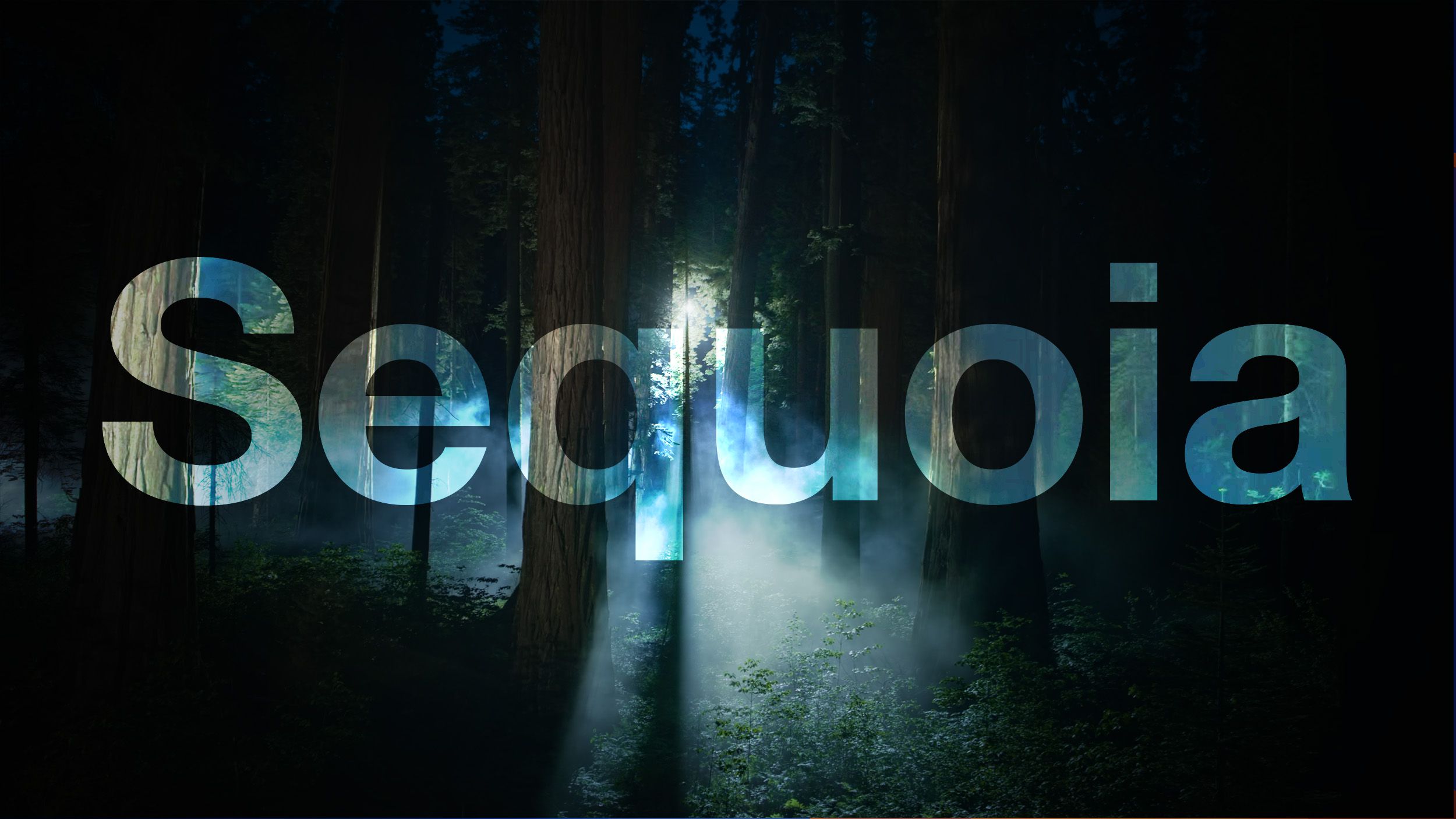
















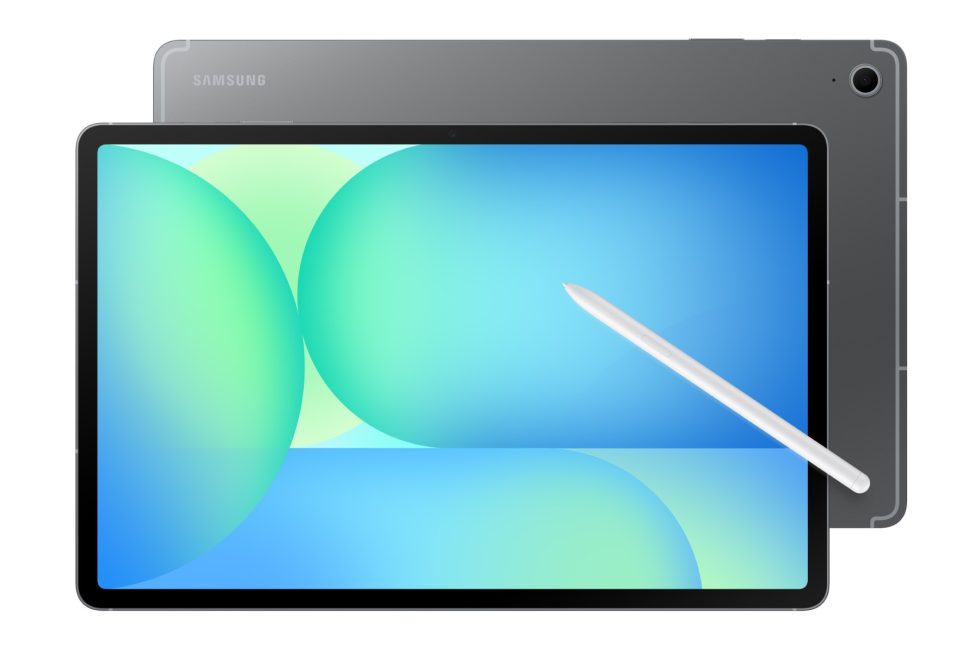




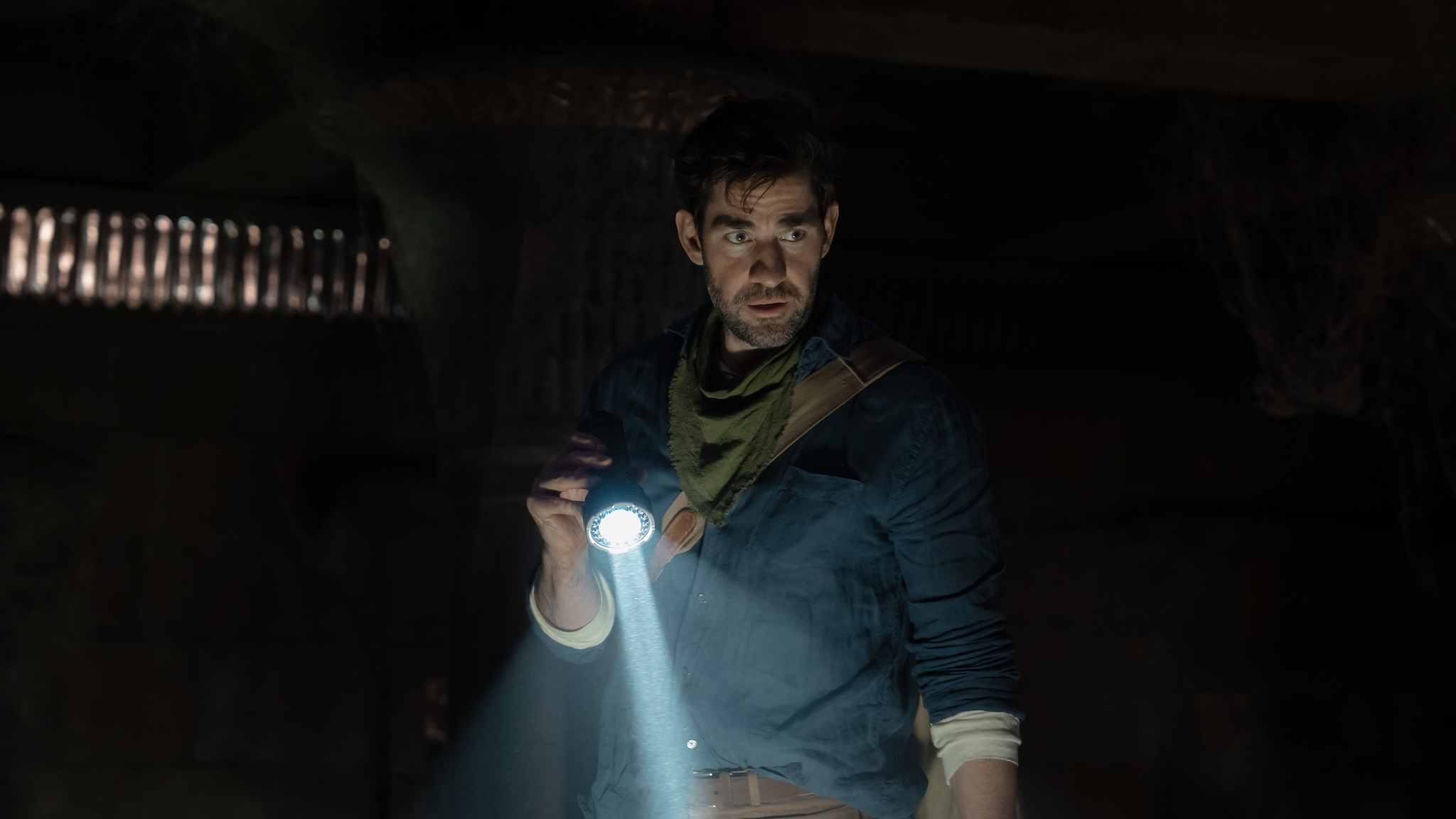


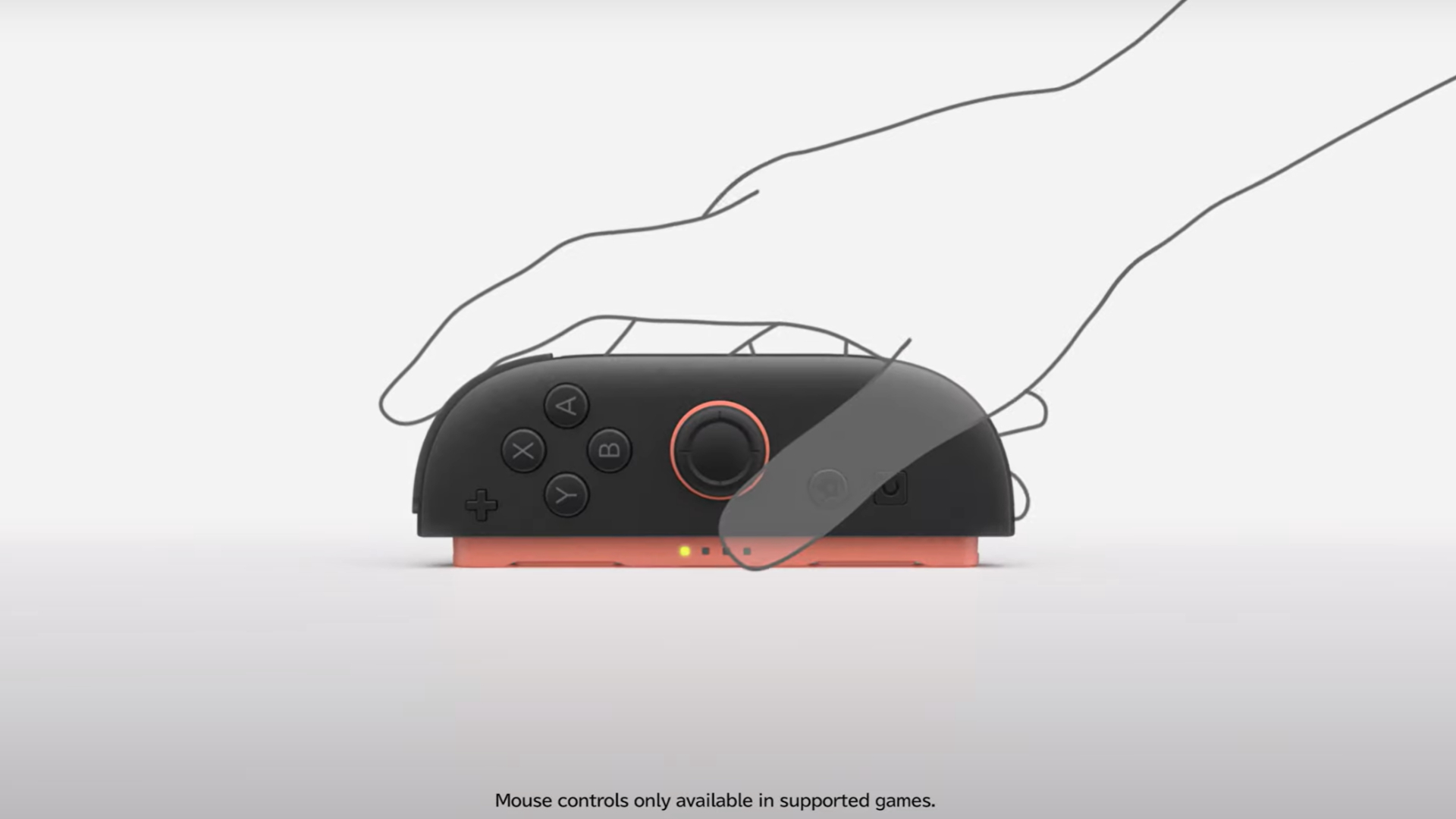

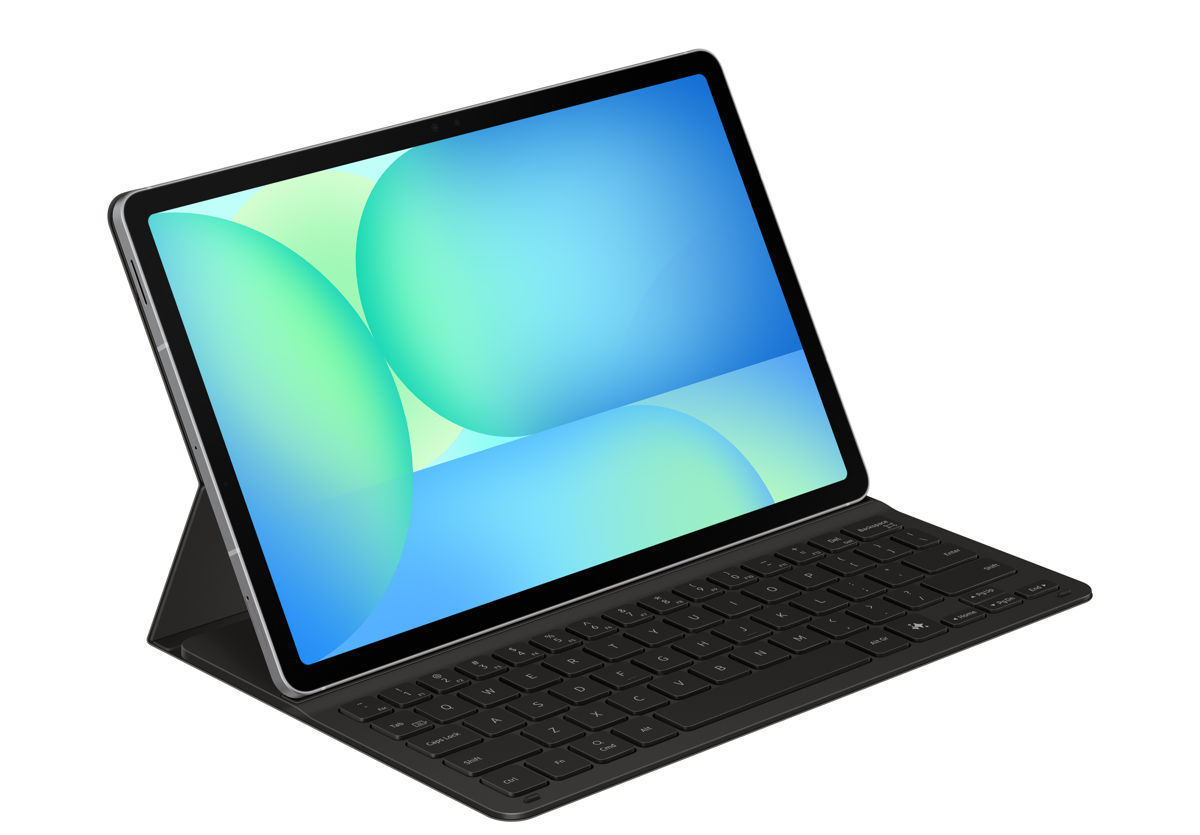

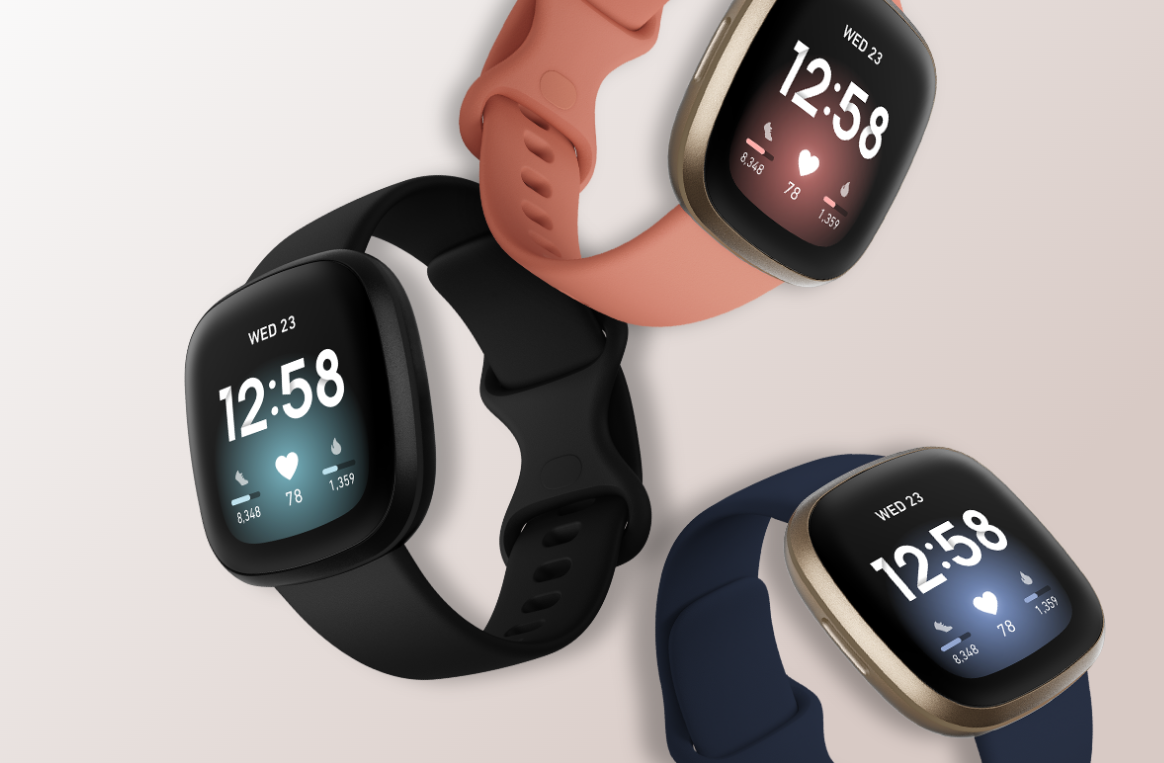








![Apple Releases iOS 18.5 Beta and iPadOS 18.5 Beta [Download]](https://www.iclarified.com/images/news/96907/96907/96907-640.jpg)
![Apple Seeds watchOS 11.5 to Developers [Download]](https://www.iclarified.com/images/news/96909/96909/96909-640.jpg)
![Apple Seeds visionOS 2.5 Beta to Developers [Download]](https://www.iclarified.com/images/news/96911/96911/96911-640.jpg)
![Apple Seeds tvOS 18.5 Beta to Developers [Download]](https://www.iclarified.com/images/news/96913/96913/96913-640.jpg)























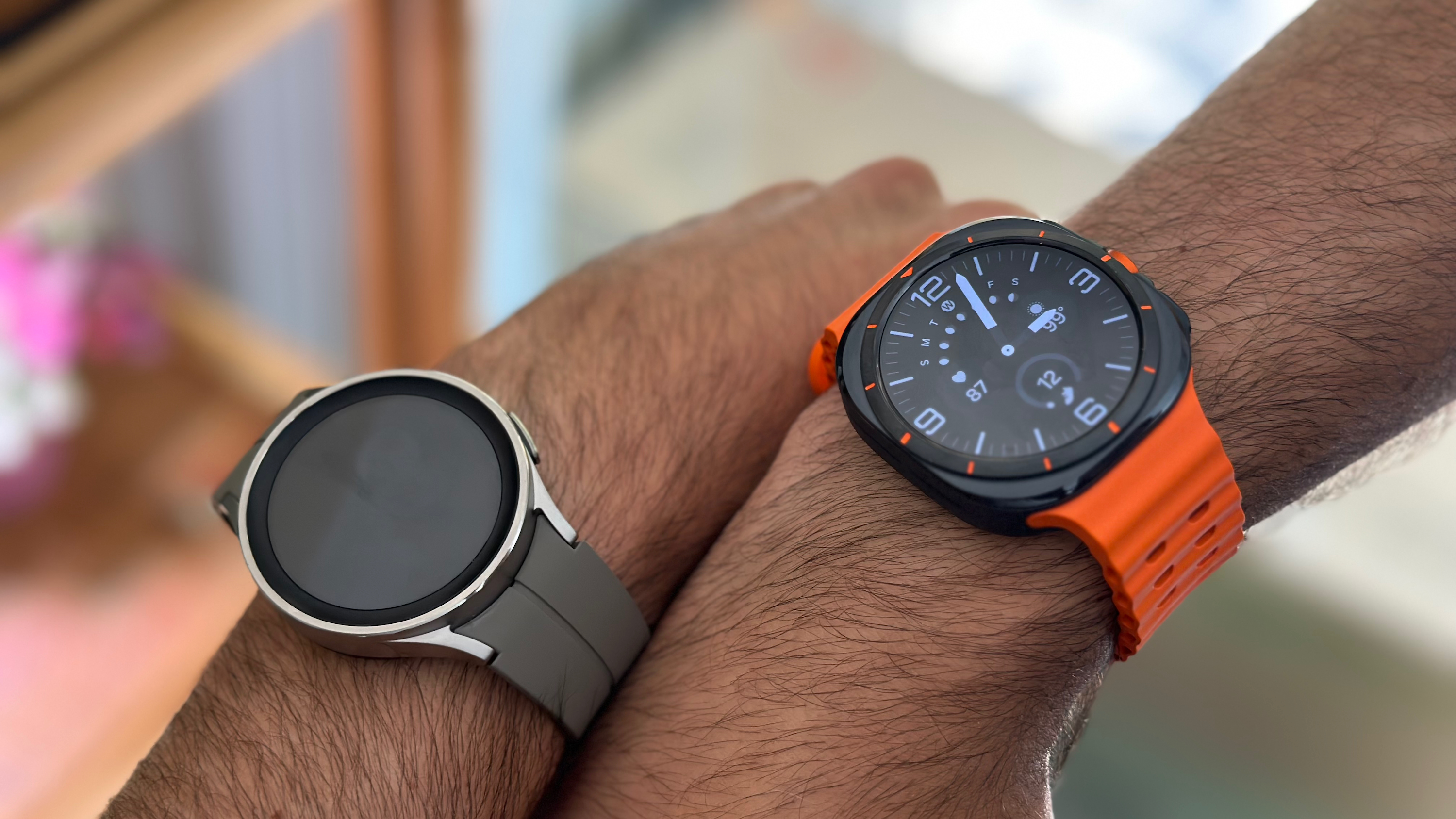



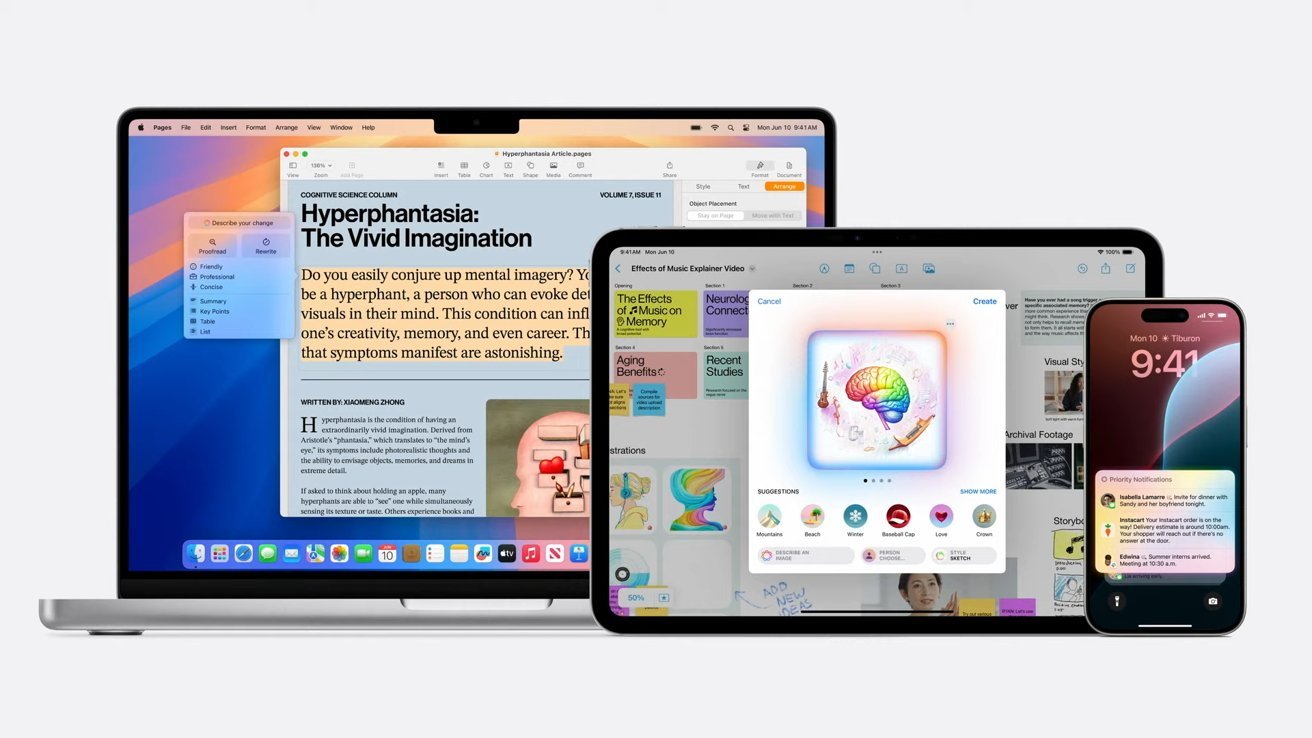
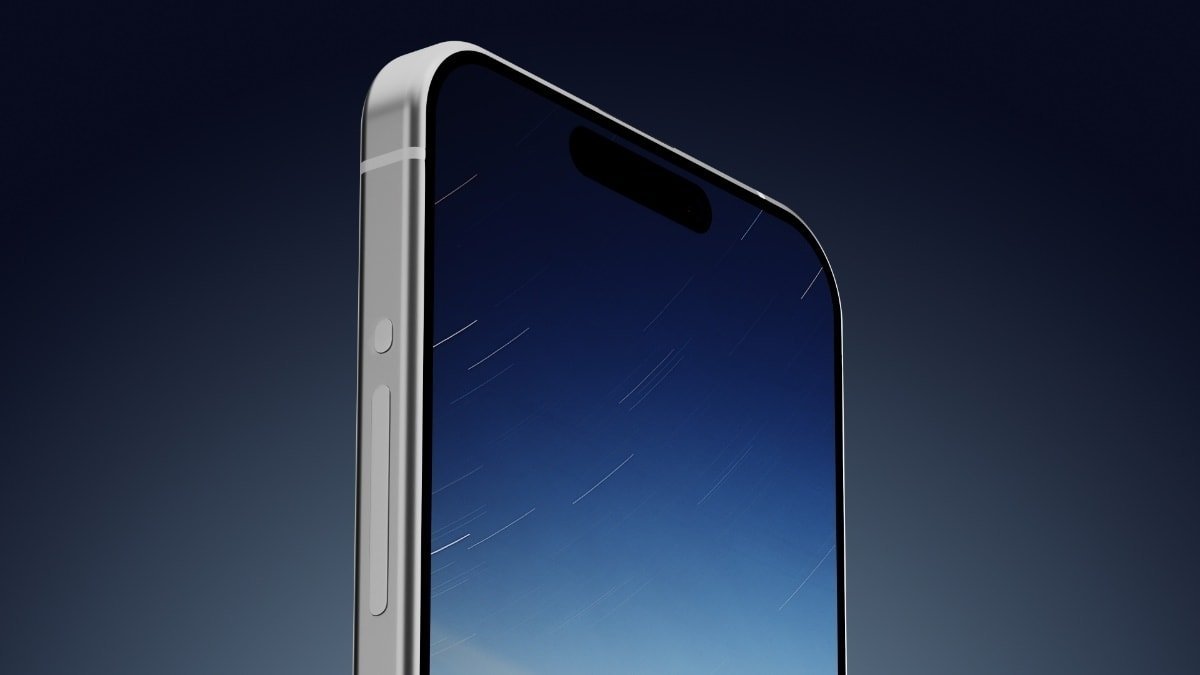

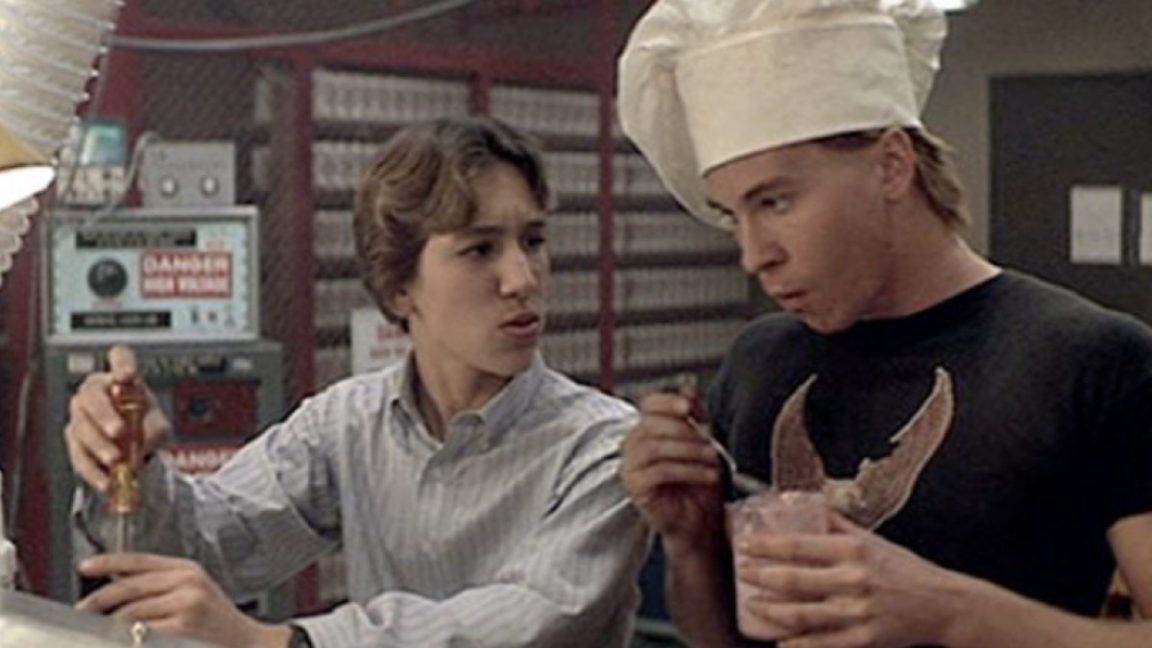


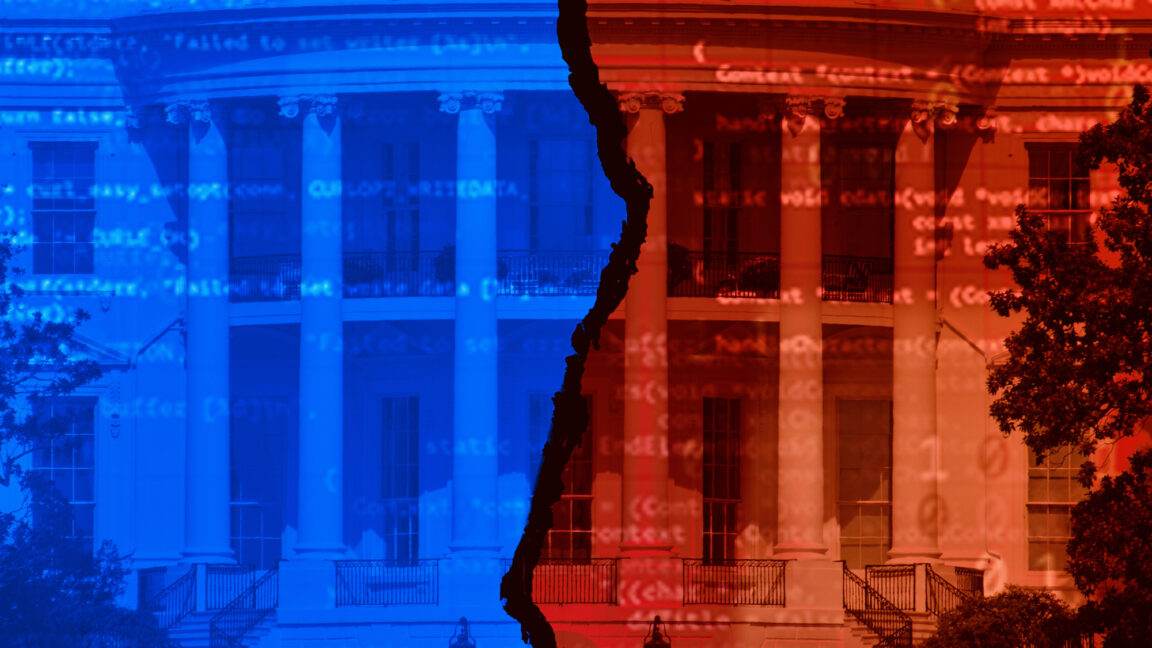
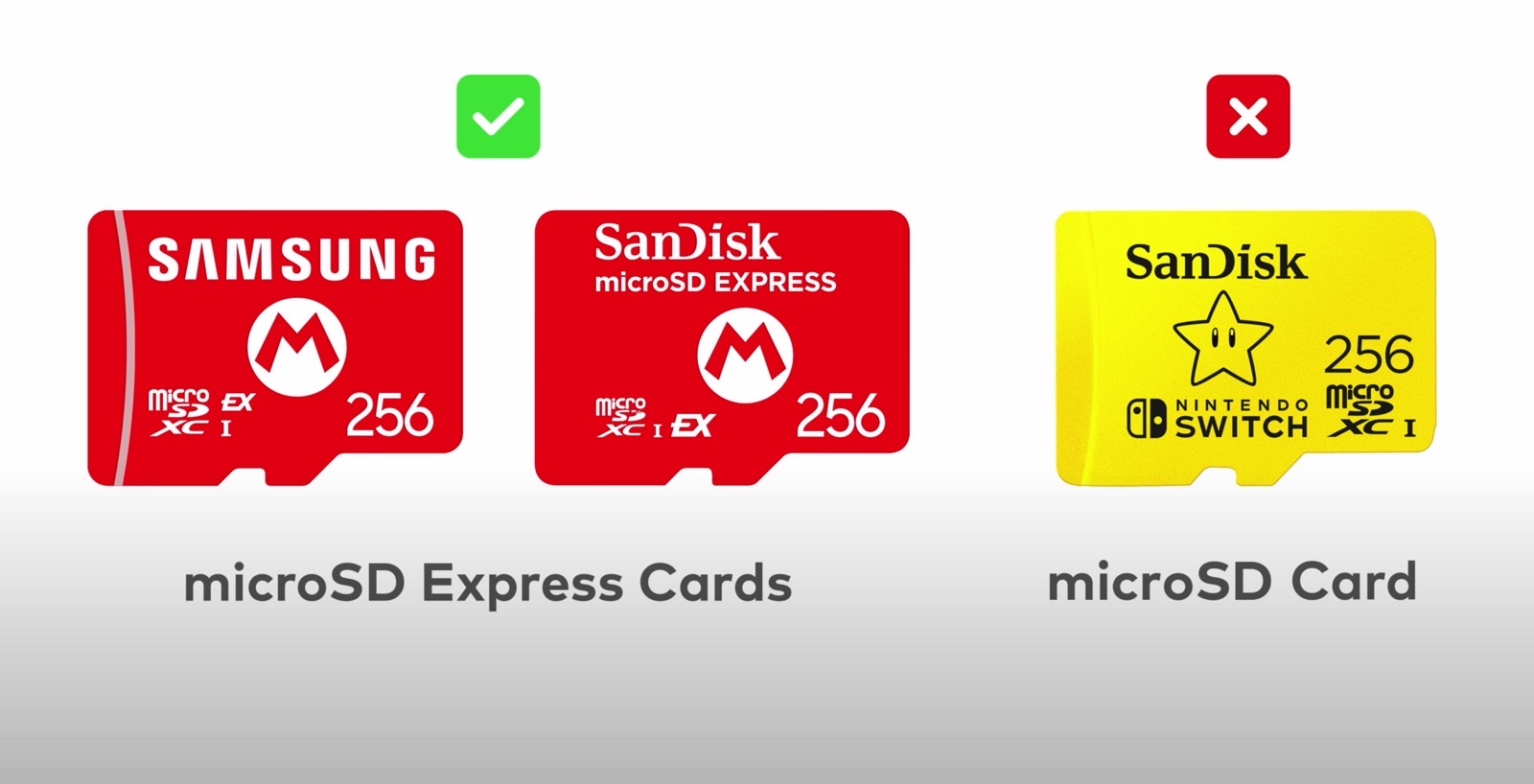




















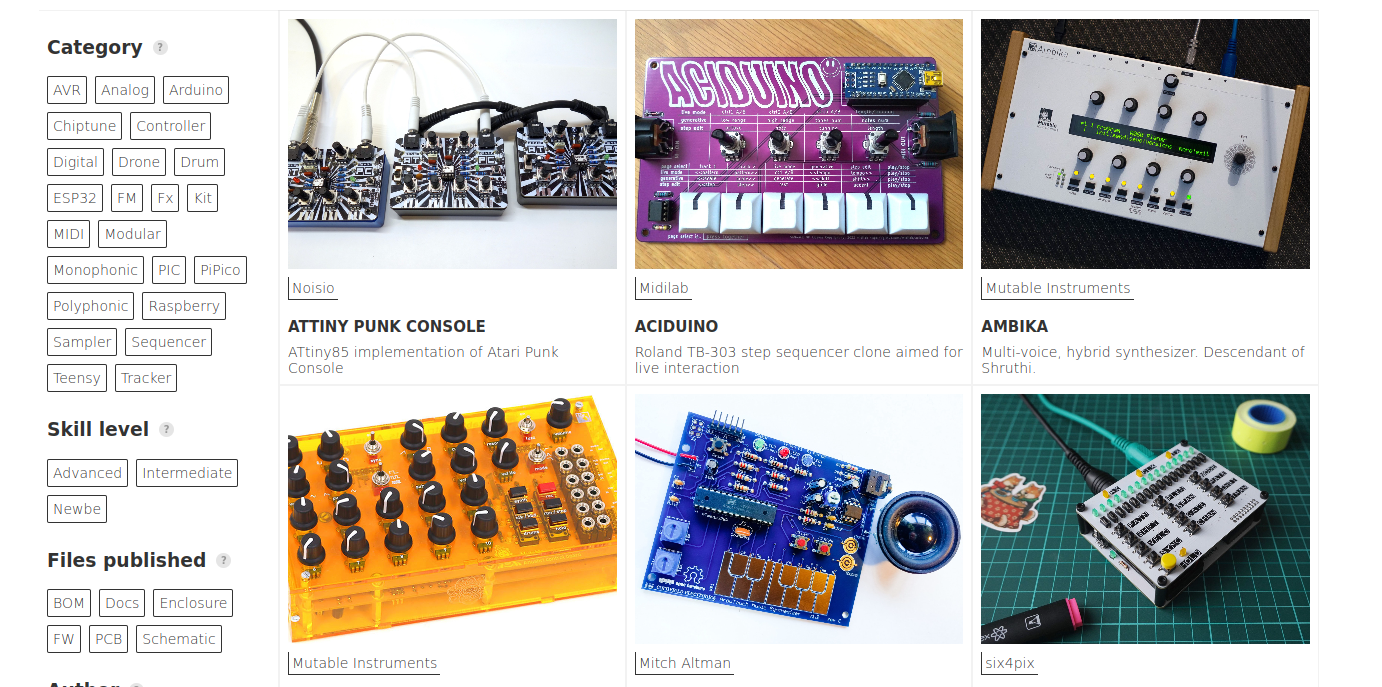

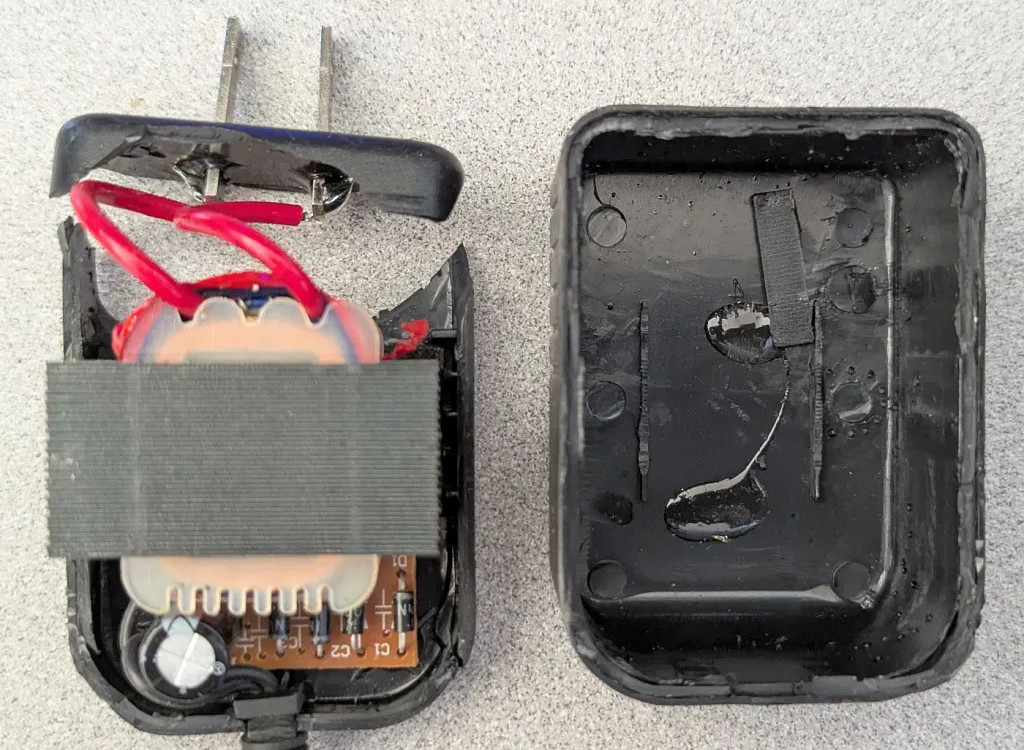












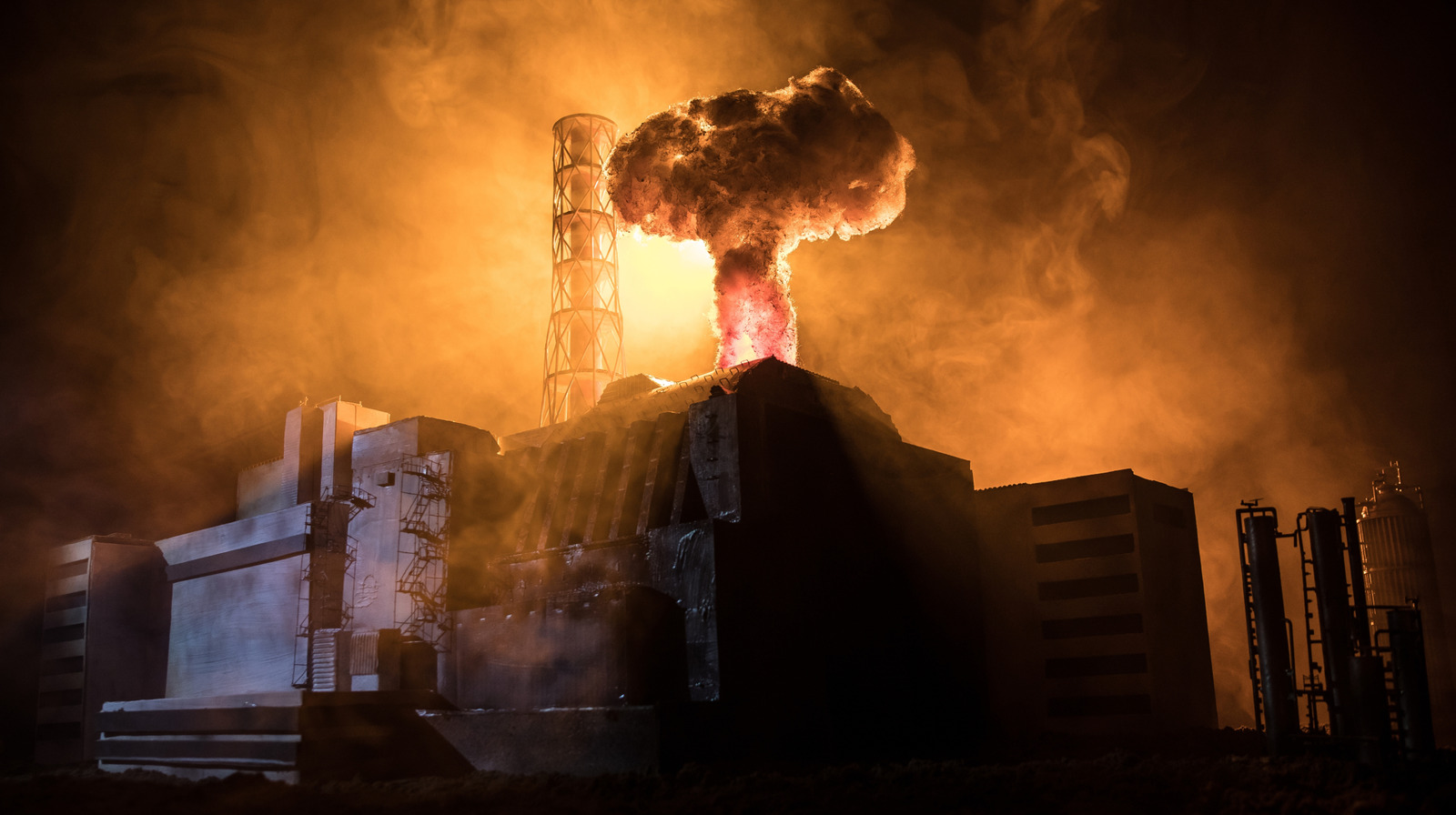


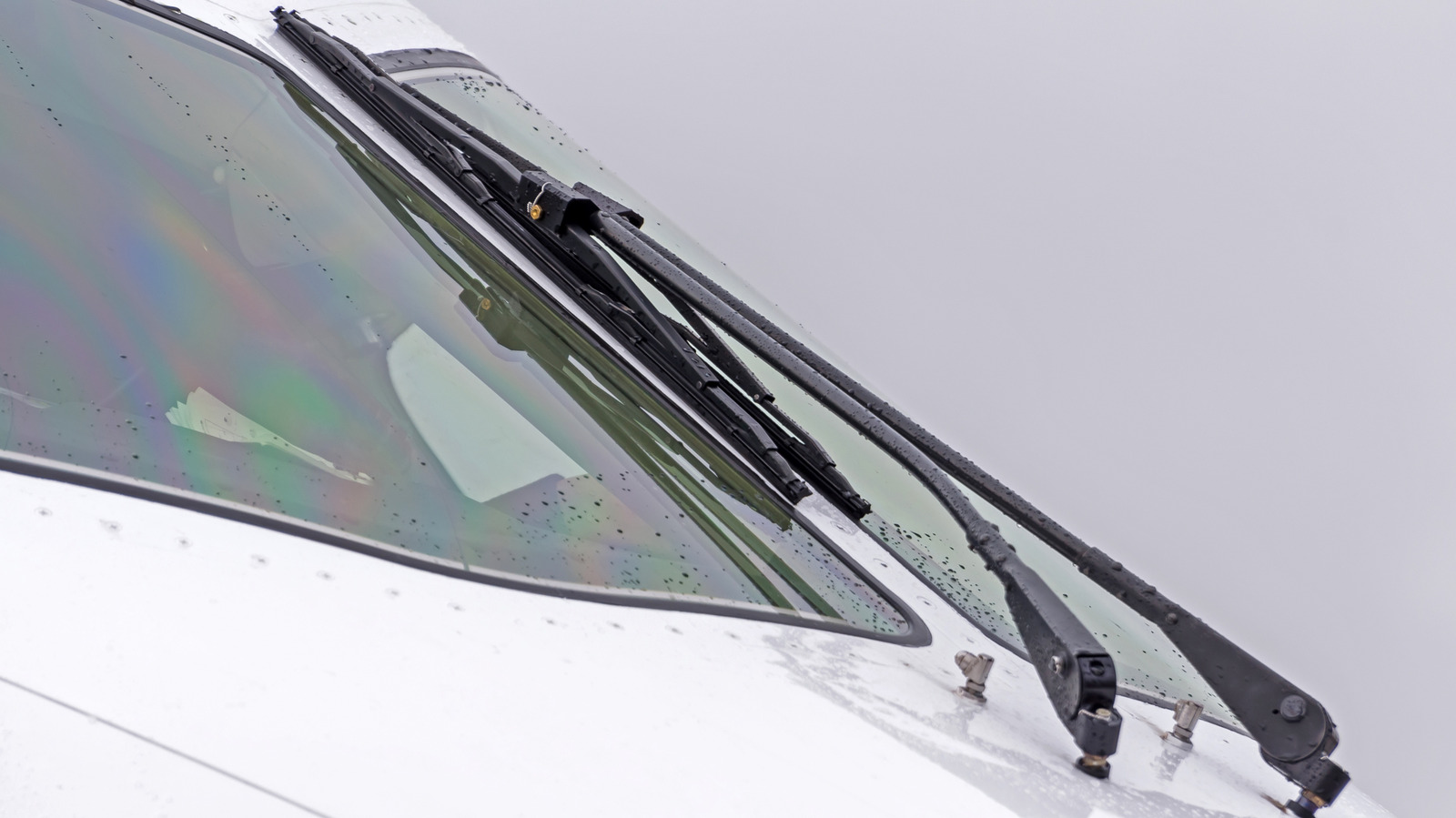













































































































![[The AI Show Episode 142]: ChatGPT’s New Image Generator, Studio Ghibli Craze and Backlash, Gemini 2.5, OpenAI Academy, 4o Updates, Vibe Marketing & xAI Acquires X](https://www.marketingaiinstitute.com/hubfs/ep%20142%20cover.png)























































































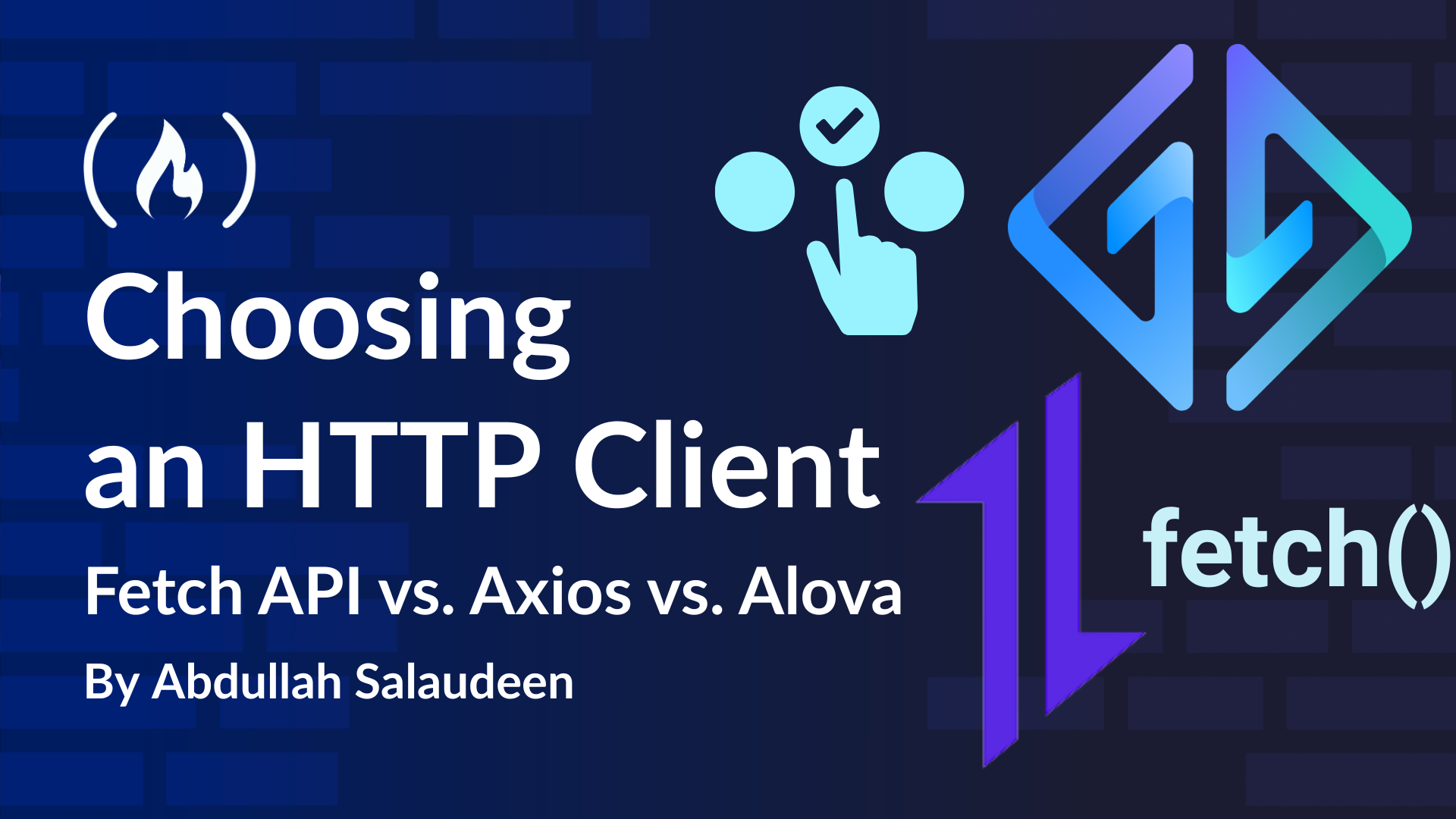






















![Is this a suitable approach to architect a flutter app? [closed]](https://i.sstatic.net/4hMHGb1L.png)

















